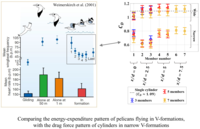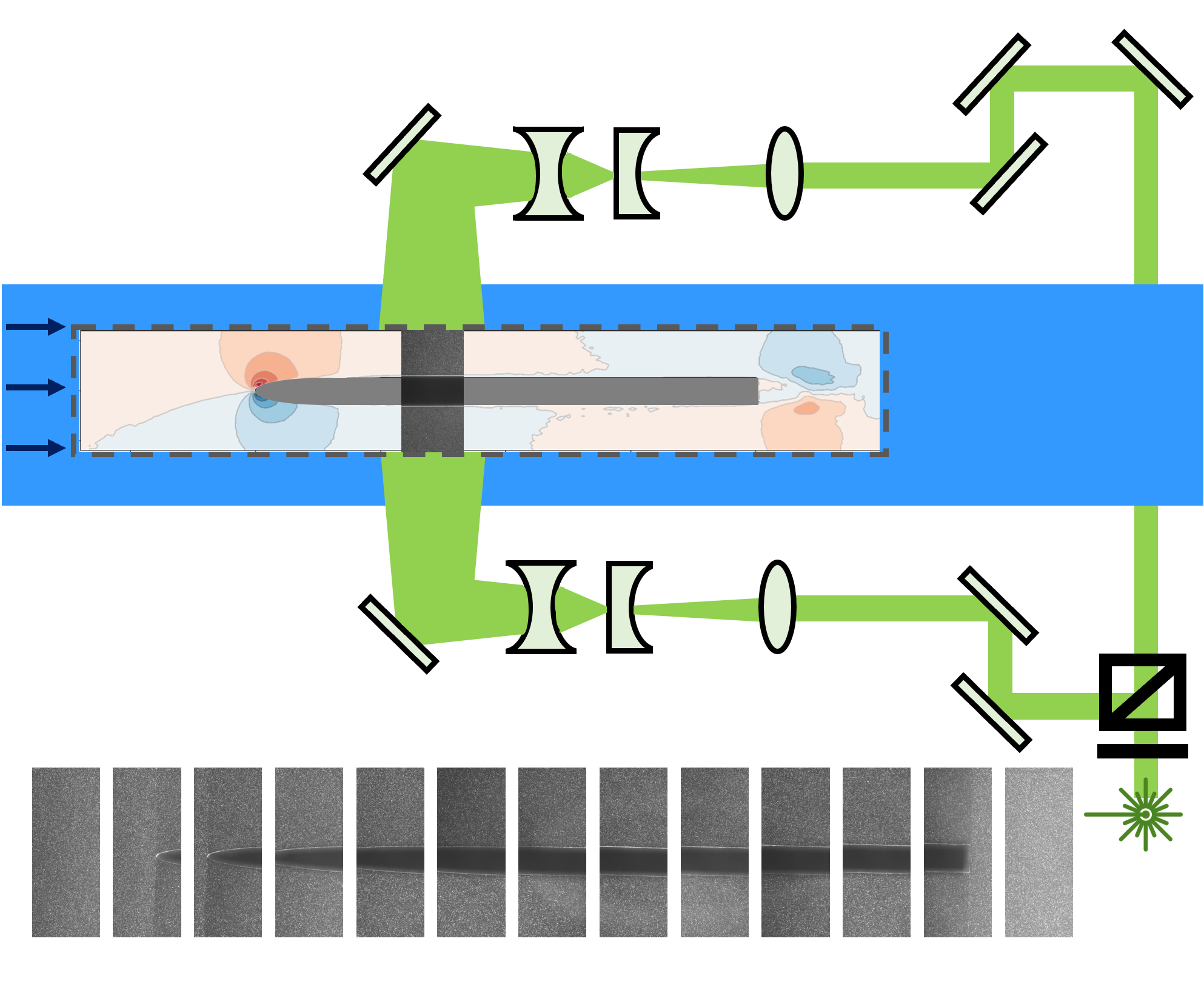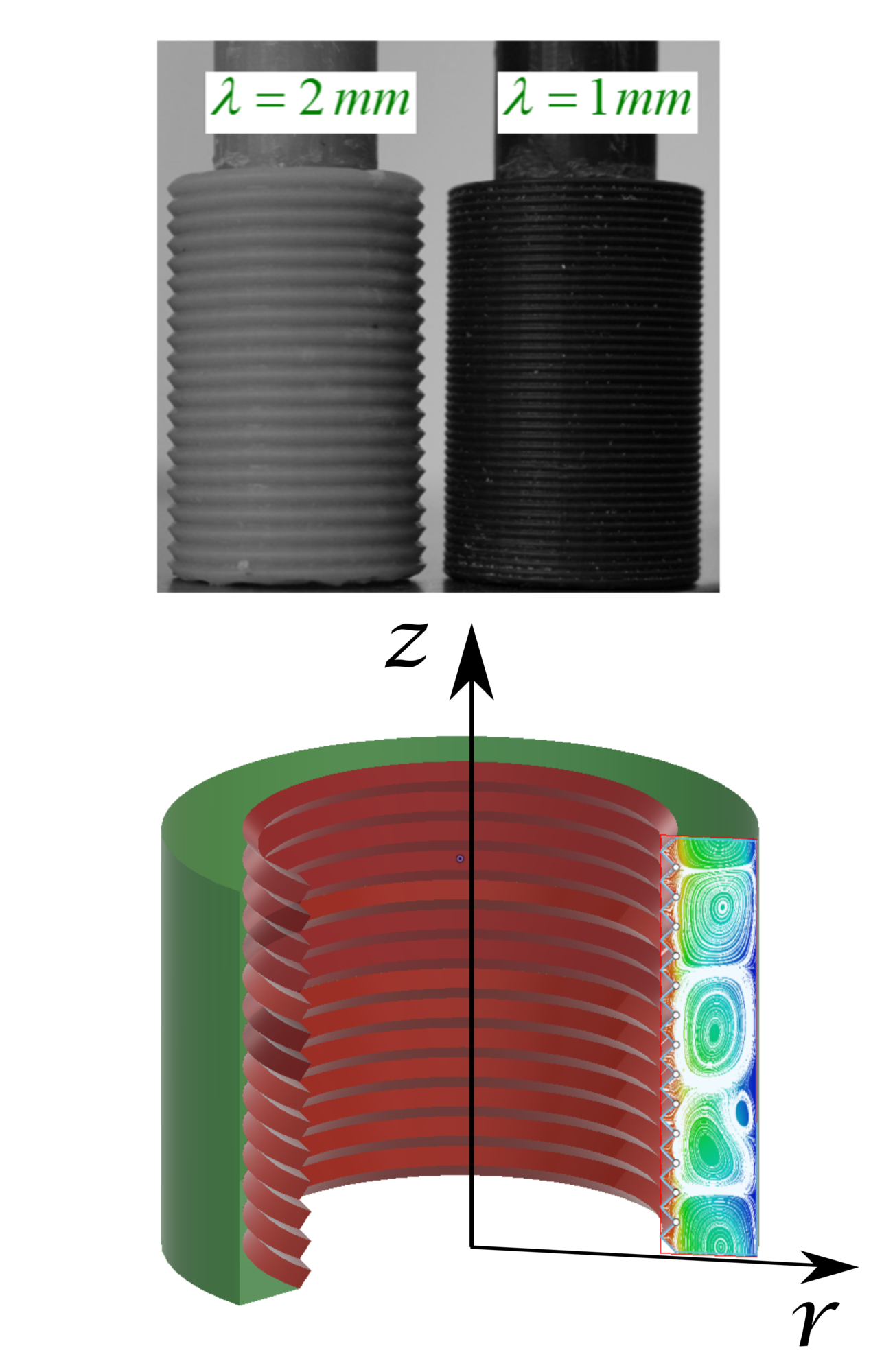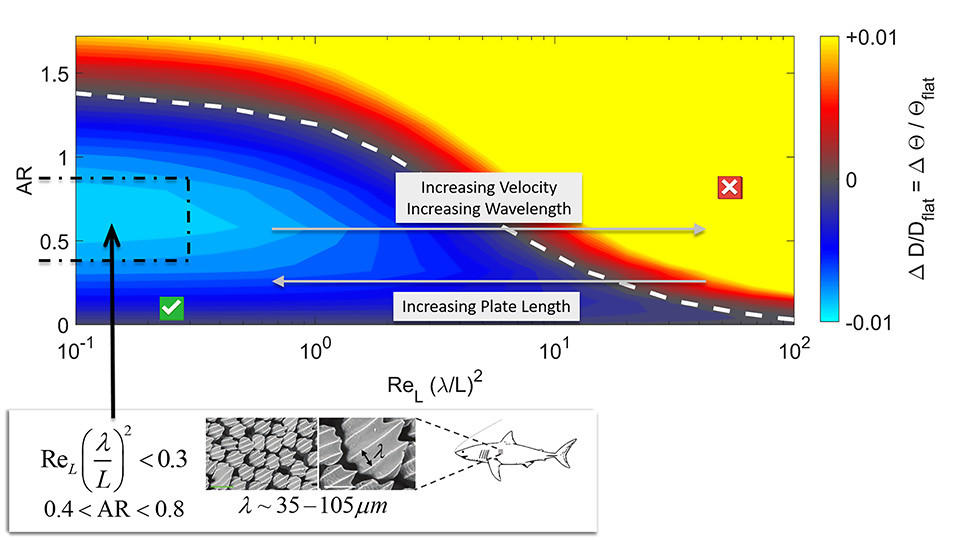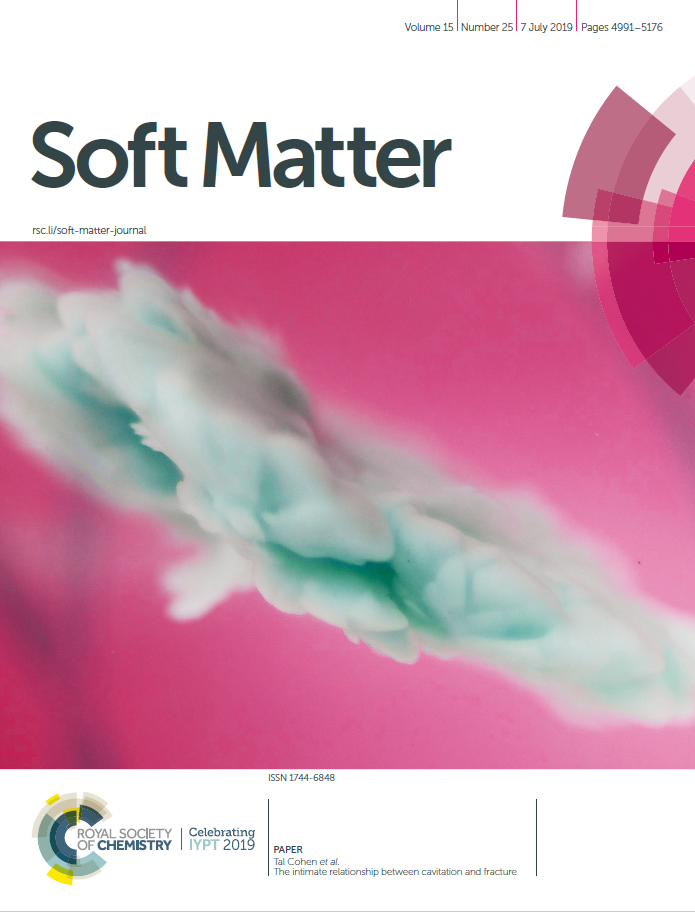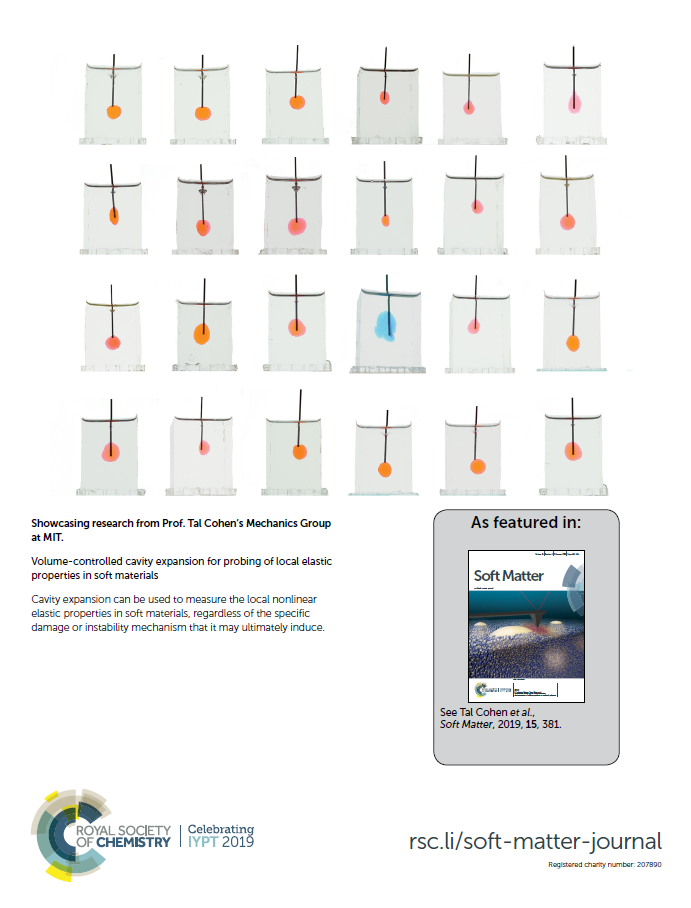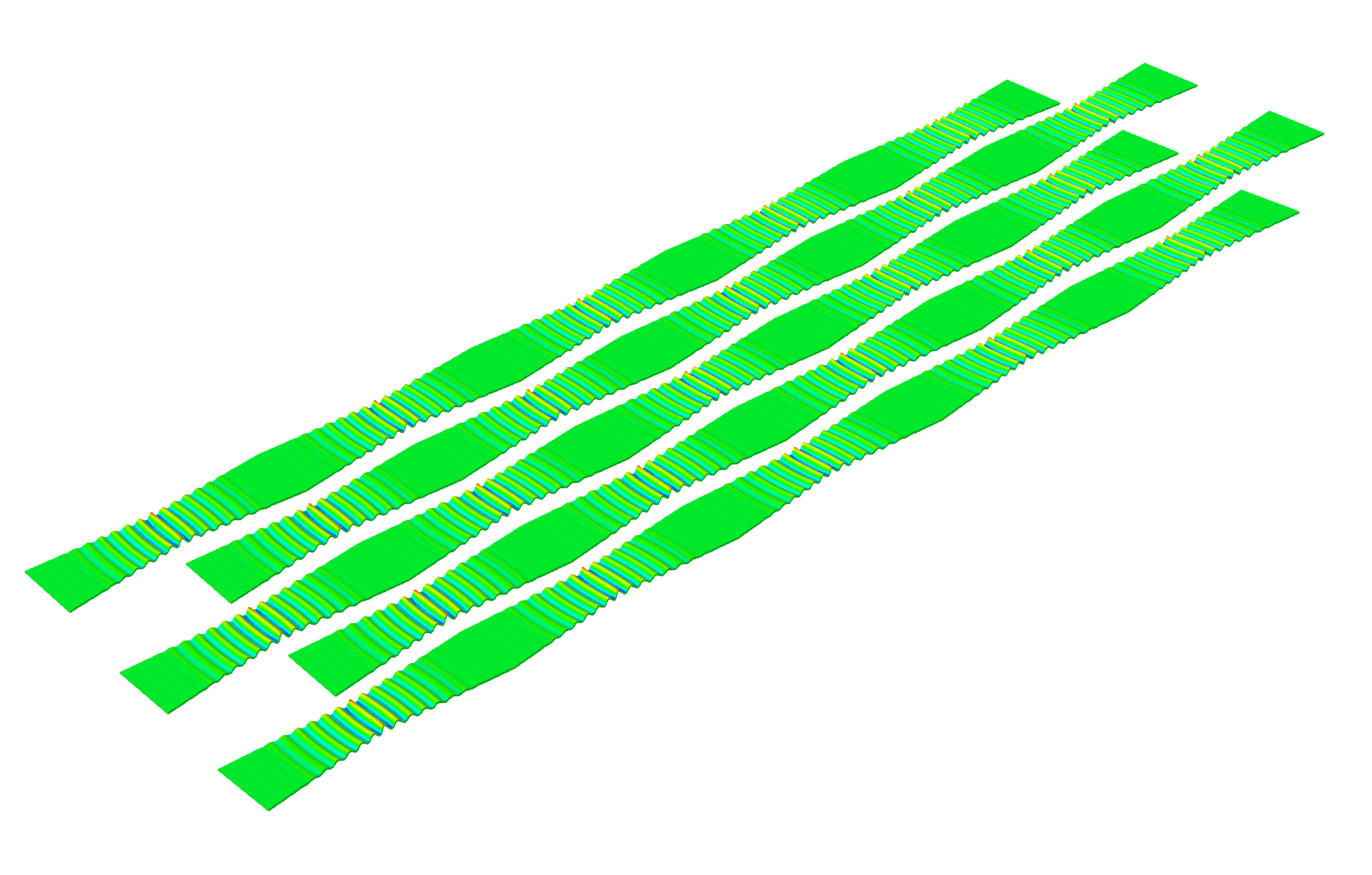
Abstract:
Periodic surface microtextures of different shapes such as V grooves, semicircular grooves, or rectangular grooves have been studied under laminar and turbulent flow conditions to offer guides for designing optimized low-friction surfaces. In this work we investigate the efficacy of periodic streamwise-aligned surface features in reducing the torque exerted on a steadily rotating cylinder in Taylor-Couette flow. Using three-dimensional printed riblet-textured rotors and a bespoke Taylor-Couette cell, which can be mounted on a controlled stress rheometer, we measure the evolution in the torque acting on the inner rotor as a function of three different dimensionless parameters: (i) the Reynolds number characterizing the flow, (ii) the sharpness of the riblets, as defined by their aspect ratio (height to wavelength), and (iii) the axial scale of the riblets with respect to the size of the overall Taylor-Couette cell (the ratio of the riblet wavelength to the gap of the Taylor-Couette cell). Our experimental results in the laminar viscous flow regime show a reduction in torque up to 10% over a wide range of Reynolds numbers that is a nonmonotonic function of the aspect ratio of the grooves and independent of Red (the gap-based Reynolds number). However, after the transition to the Taylor vortex regime, the modification in torque also becomes a function of the Reynolds number while remaining a nonmonotonic function of the aspect ratio. Using finite-volume simulation of the three-dimensional swirling flow in the annular gap, we discuss the kinematic changes to the Taylor-Couette flow in the presence of the riblets compared to the case of smooth rotors and compute the resulting torque reduction as a function of the parameter space defined above. Good agreement between experiments and computational predictions is found for both azimuthal Couette flow and the Taylor vortex regime.

